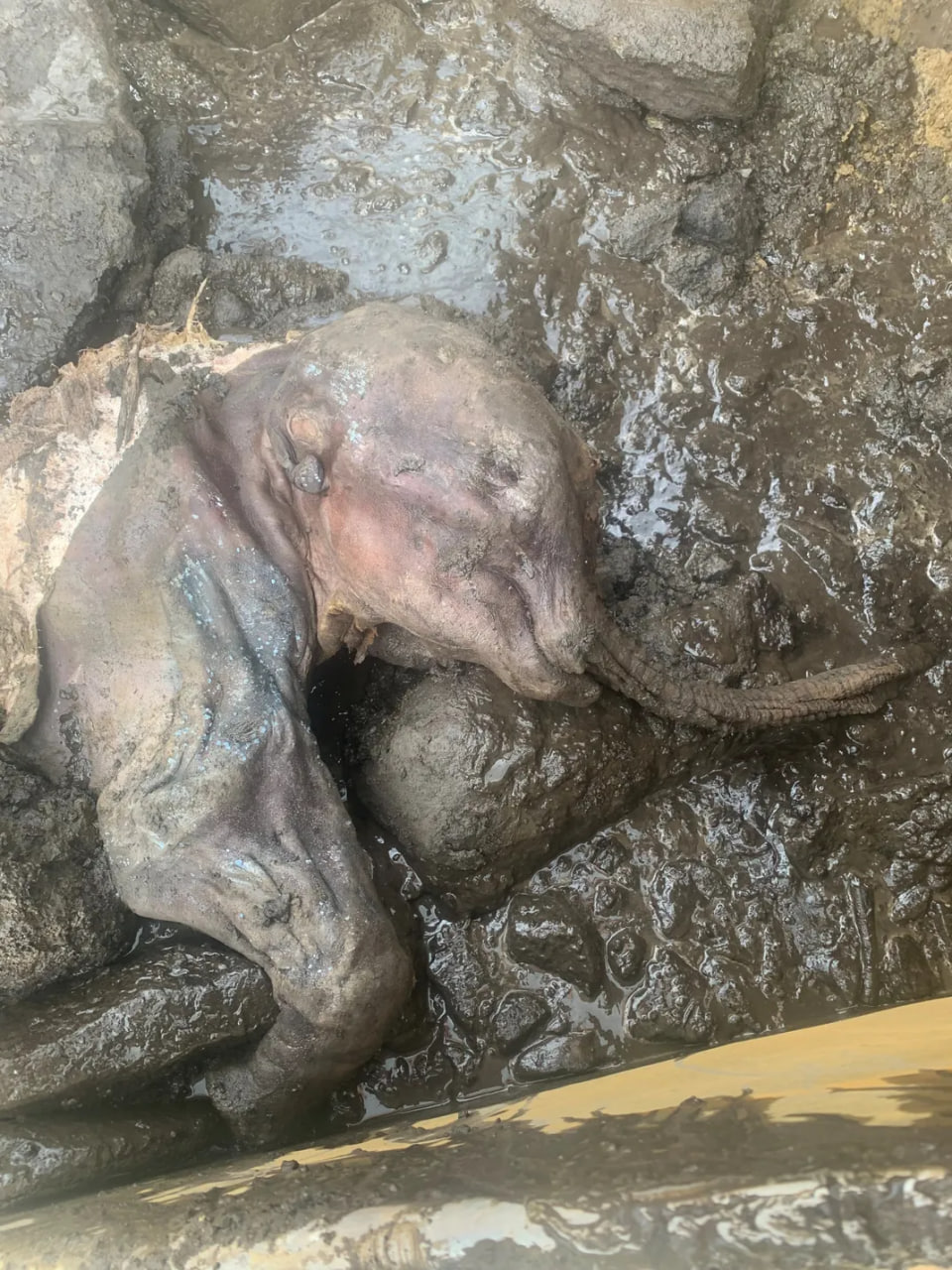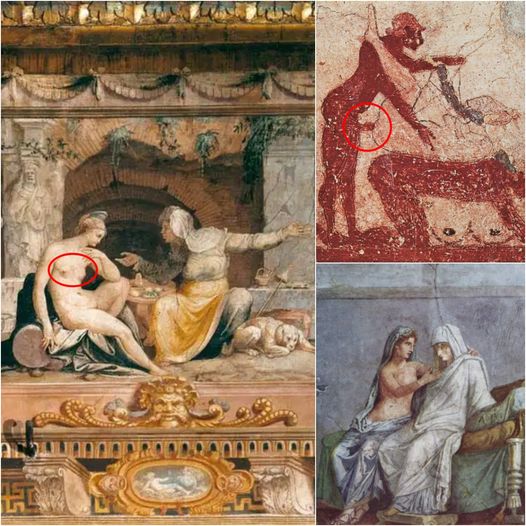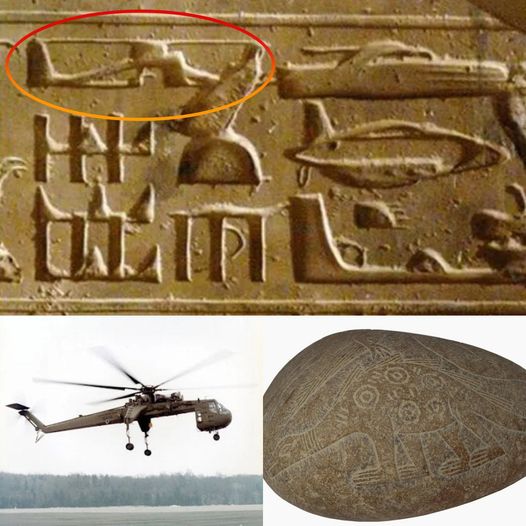They are elongated mounds with a length of up to 150 m and a height of 2–3 m, probably belonging to Funnelbeaker culture, 4000 years BC
Unveiling the Mystery of the Polish Pyramids
Nestled in the serene countryside of Wietrzychowice, Poland, lie the enigmatic "Polish Pyramids," a remarkable collection of megalithic tombs that have captured the imagination of archaeologists and history enthusiasts alike. Dating back over 6,000 years to the Funnelbeaker culture, these elongated mounds stand as silent sentinels to a bygone era, offering tantalizing glimpses into ancient burial practices and societal complexities. Join us as we embark on a journey to uncover the secrets of these ancient monuments and explore their significance in the annals of human history.

Exploring the Archaeological Marvels: A Window into the Past
As we venture into the landscape of Wietrzychowice, we are greeted by the imposing presence of the Polish Pyramids, their elongated forms rising majestically against the backdrop of lush greenery. Standing up to 150 meters in length and reaching heights of 2-3 meters, these megalithic tombs bear witness to the ingenuity and craftsmanship of their ancient builders. Constructed using massive stone blocks and earth, they served as final resting places for revered individuals within the Funnelbeaker culture, reflecting their beliefs and traditions surrounding death and the afterlife.
Unraveling the Mysteries: Insights into Funnelbeaker Culture
The discovery of the Polish Pyramids offers invaluable insights into the lives and customs of the Funnelbeaker culture, a Neolithic society that thrived in Central Europe around 4000 BC. Through careful excavation and analysis, archaeologists have pieced together a portrait of a sophisticated and culturally rich society, characterized by its advanced agricultural practices, complex social structures, and intricate burial rituals. The presence of these megalithic tombs speaks to the importance of ancestor worship and communal identity within Funnelbeaker communities, shedding light on their worldview and spiritual beliefs.
Preserving the Past: Guardians of Cultural Heritage
As custodians of cultural heritage, it is our duty to protect and preserve sites like the Polish Pyramids for future generations. Through responsible stewardship and conservation efforts, we ensure that these ancient monuments remain intact and accessible to all who seek to learn from them. By promoting awareness and appreciation of our shared archaeological heritage, we honor the legacy of our ancestors and deepen our understanding of the human experience throughout time.
Celebrating Ancient Discoveries: A Testament to Human Ingenuity
In conclusion, the discovery of the Polish Pyramids stands as a testament to the enduring legacy of human ingenuity and innovation. These ancient monuments offer a window into the past, allowing us to glimpse the lives and cultures of our distant ancestors. As we marvel at the remarkable achievements of the Funnelbeaker culture, let us also reflect on the importance of preserving our shared heritage for future generations. Through continued exploration and study, we can unlock the secrets of the past and gain a deeper appreciation for the rich tapestry of human history.










